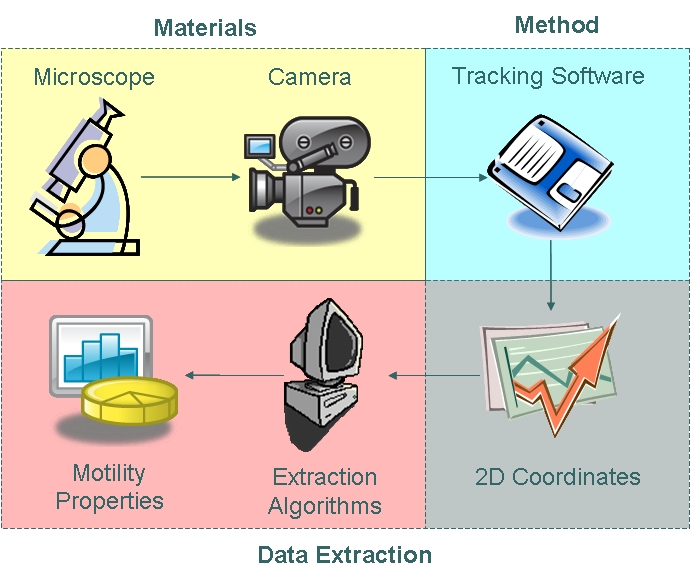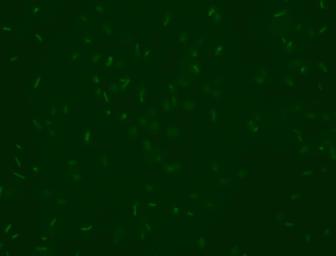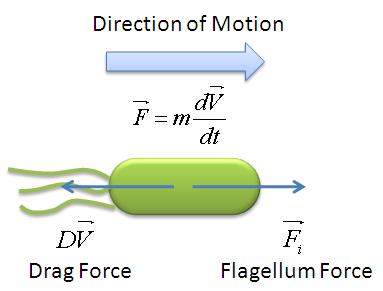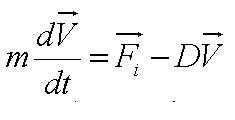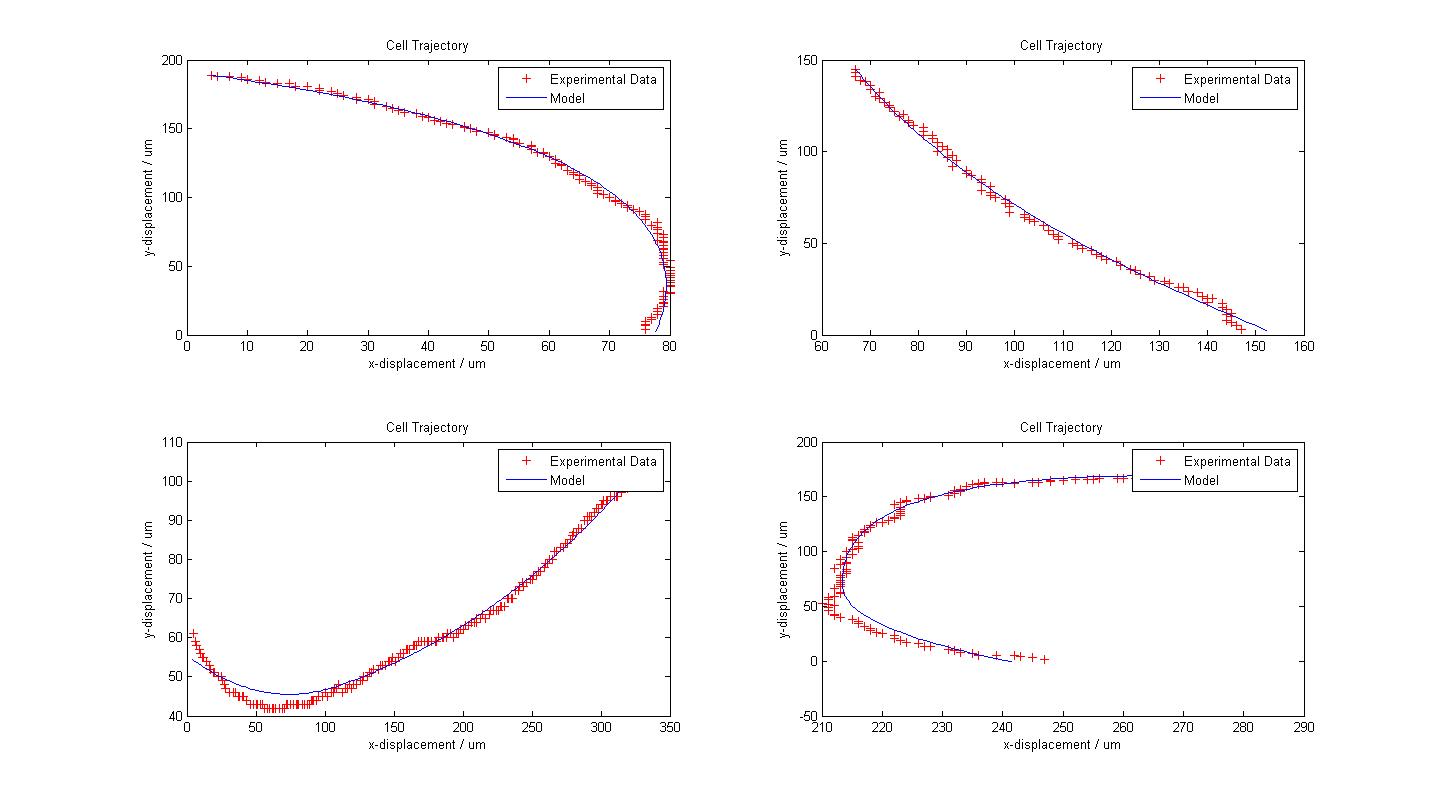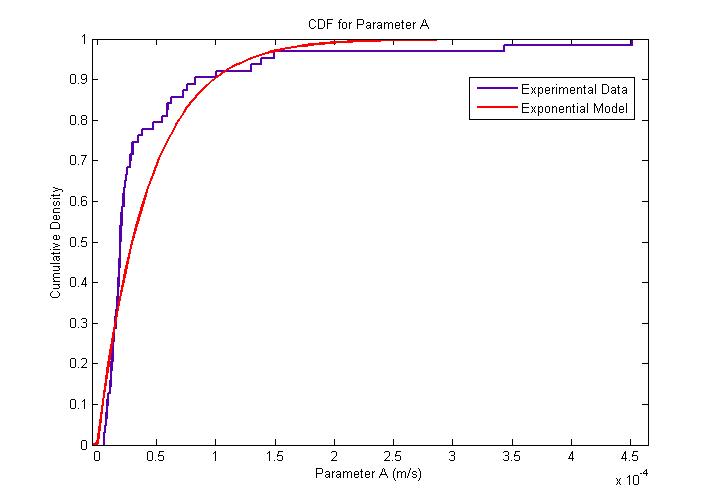Team:Imperial College/Motility
From 2008.igem.org
| Line 53: | Line 53: | ||
The following figure shows the results of our model fitting. We have introduced a change in flagellar force at certain points of the cell trajectory so as to achieve a better fit. A maximum of two runs were allowed for each cell trajectory. | The following figure shows the results of our model fitting. We have introduced a change in flagellar force at certain points of the cell trajectory so as to achieve a better fit. A maximum of two runs were allowed for each cell trajectory. | ||
| - | [[Image:Fitted_Models.jpg|800px|center]] | + | {{{Pipe}} border{{Equals}}"0" cellpadding{{Equals}}"5" cellspacing{{Equals}}"0" align{{Equals}}"center" style{{Equals}}"background-color:transparent;" |
| - | <center>''Fitted Models with Experimental Data from 4 Cells | + | {{Pipe}}- |
| - | + | {{Pipe}}[[Image:Fitted_Models.jpg|800px|center]] | |
| + | {{Pipe}}- | ||
| + | {{Pipe}}<center>''Fitted Models with Experimental Data from 4 Cells</center>'' | ||
| + | {{Pipe}}- | ||
| + | {{Pipe}}} | ||
| + | <br> | ||
The MATLAB Distribution Fitting Tool was used to model the distribution of parameter A. Parameter A was found to be exponentially distributed. The following figures describe the probability density function and cumulative density function. | The MATLAB Distribution Fitting Tool was used to model the distribution of parameter A. Parameter A was found to be exponentially distributed. The following figures describe the probability density function and cumulative density function. | ||
Revision as of 19:41, 29 October 2008
Motility Analysis
|
|||||||||||||||||||||
 "
"

